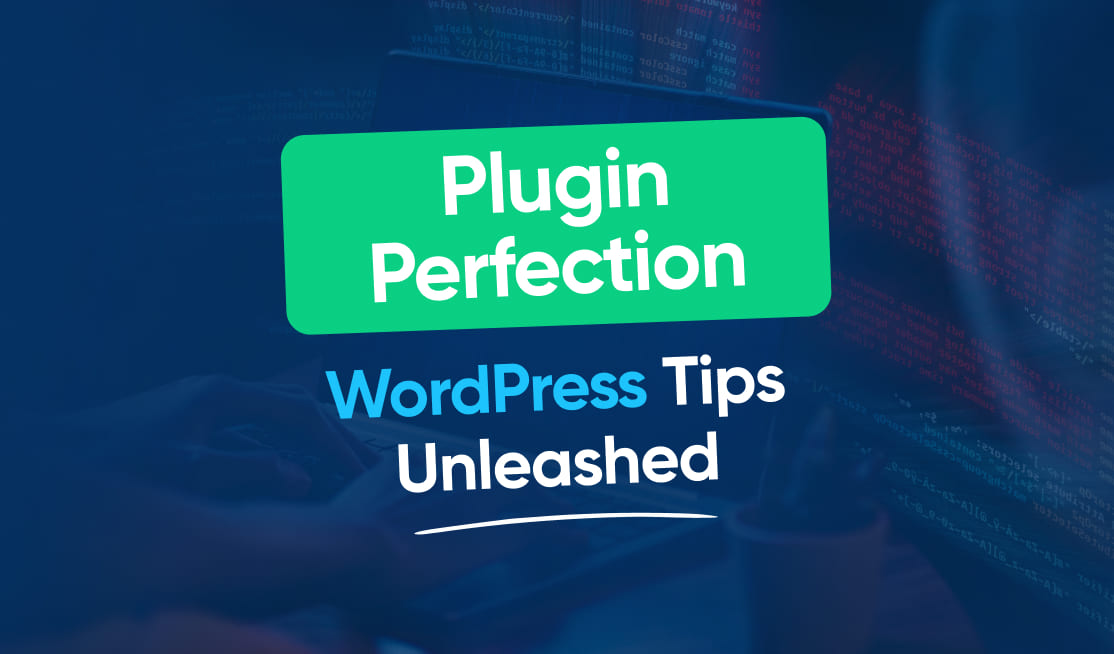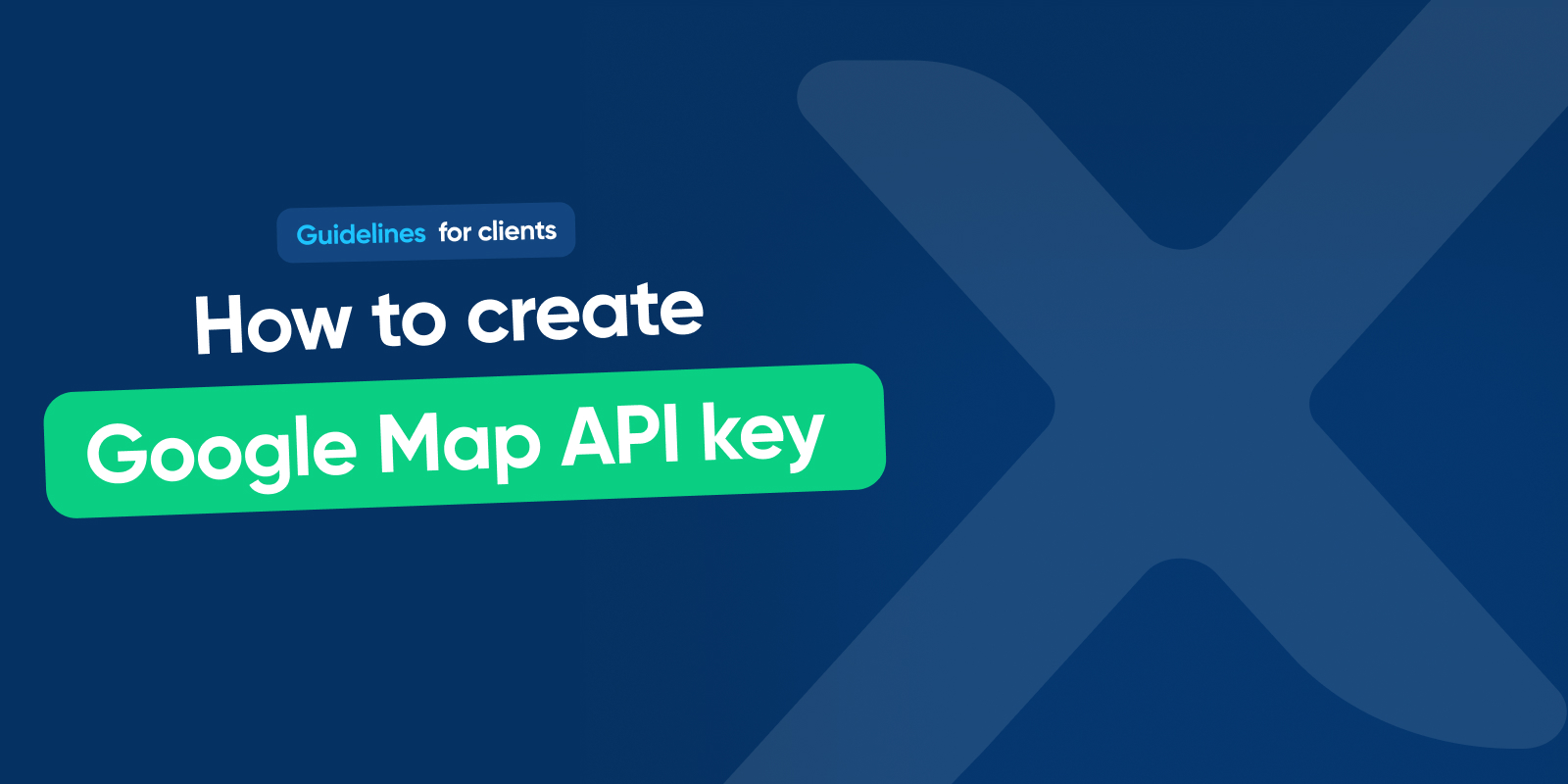
WordPress plugins are a valuable resource for developers and website owners alike. They allow for customization, additional functionality, and improved user experience. In this article, we will explore essential tips for developing WordPress plugins, from understanding the basics to testing your creations.
Understanding the Basics of WordPress Plugin Development
Before diving into plugin development, it is important to have a clear understanding of what a WordPress plugin actually is. A plugin is essentially a piece of software that adds specific features and functionalities to a WordPress website. It can modify existing functionality, create new functionality, or enhance the user interface.
Recognizing the importance of WordPress plugins is crucial. Plugins offer endless possibilities for customization and can greatly enhance the performance and functionality of a website. Whether you want to add a contact form, optimize your website for SEO, or integrate social media sharing buttons, there is likely a plugin available that can help you achieve your goals.
When it comes to WordPress plugin development, there are a few key concepts to understand. First and foremost, plugins are written in PHP, the server-side scripting language that powers WordPress. This means that in order to develop plugins, you need to have a solid understanding of PHP and its syntax.
In addition to PHP, you will also need to be familiar with HTML, CSS, and JavaScript. These languages are used to create the user interface and add styling and interactivity to your plugin. Understanding how these languages work together is essential for creating a seamless and user-friendly plugin.
Another important aspect of plugin development is understanding the WordPress Plugin API (Application Programming Interface). The Plugin API provides a set of functions and hooks that allow you to interact with WordPress and extend its functionality. By utilizing the Plugin API, you can add custom functionality to WordPress without modifying its core files.
When developing a plugin, it is important to follow best practices and adhere to WordPress coding standards. This ensures that your plugin is secure, efficient, and compatible with other plugins and themes. It is also important to regularly update your plugin to fix any bugs or security vulnerabilities and to add new features based on user feedback.
One of the great things about WordPress plugin development is the vibrant and supportive community. There are countless resources available, including documentation, tutorials, and forums, where you can learn from experienced developers and get help with any challenges you may encounter.
In conclusion, understanding the basics of WordPress plugin development is essential for anyone looking to enhance the functionality of their WordPress website. By learning PHP, HTML, CSS, and JavaScript, familiarizing yourself with the WordPress Plugin API, and following best practices, you can create powerful and user-friendly plugins that take your website to the next level.
Setting Up Your Development Environment
Choosing the right tools is essential when setting up your development environment. An integrated development environment (IDE) such as Visual Studio Code or PhpStorm can significantly improve your workflow and productivity. These IDEs offer a wide range of features, including code autocompletion, syntax highlighting, and built-in debugging tools. With their intuitive user interfaces, you can easily navigate through your project files and efficiently manage your codebase.
But setting up your development environment goes beyond just selecting an IDE. Familiarizing yourself with the WordPress Codex, the official documentation for WordPress developers, is crucial for understanding the core concepts and best practices. The Codex provides comprehensive information on WordPress functions, template tags, and plugin development. It also offers tutorials and examples to help you grasp the intricacies of WordPress development.
Once you have chosen your IDE and familiarized yourself with the WordPress Codex, it’s time to set up a local development environment. Installing a local server environment, such as XAMPP or WAMP, allows you to run WordPress on your own computer. This local setup enables you to test your code and experiment with different themes and plugins without affecting your live website.
When setting up your local development environment, it’s important to consider version control. Using a version control system like Git allows you to track changes to your code, collaborate with other developers, and easily revert to previous versions if needed. Platforms like GitHub and Bitbucket provide hosting services for your Git repositories, making it convenient to manage your codebase and collaborate with others.
Furthermore, optimizing your development environment for performance is crucial. Caching plugins, such as WP Rocket or W3 Total Cache, can help improve the loading speed of your WordPress site during development. These plugins store static versions of your website, reducing the server load and enhancing the overall performance.
Lastly, staying up to date with the latest tools and technologies is essential for any developer. Following WordPress-related blogs, attending conferences, and participating in online communities can keep you informed about the latest trends and advancements in WordPress development. Engaging with the WordPress community allows you to learn from experienced developers, share your knowledge, and stay connected with like-minded individuals.
Planning Your Plugin
Before starting the actual coding process, it is important to plan your plugin thoroughly. First, identify the purpose of your plugin. What problem does it solve? What functionality does it add? Once you have a clear understanding of your plugin’s purpose, sketch out the structure and design. This will help you visualize the implementation and prevent potential issues down the line.
When planning your plugin, it is crucial to consider the target audience and their needs. Who will be using your plugin? Are they beginners or advanced users? Understanding your audience will help you tailor the features and user interface to meet their expectations and make your plugin more user-friendly.
Another important aspect of planning is researching existing plugins in the same domain. Take a look at similar plugins available in the market and analyze their strengths and weaknesses. This will give you valuable insights into what works and what doesn’t, helping you create a better plugin that stands out from the competition.
Once you have a clear idea of your plugin’s purpose, target audience, and have done your research, it’s time to start sketching out the structure and design. Consider the different components and features your plugin will have and how they will interact with each other. This will help you define the architecture and ensure a smooth and efficient development process.
During the planning phase, it is also important to think about scalability and future-proofing your plugin. Will your plugin be able to handle increased usage and data in the future? Can it be easily extended to add new features? By considering these factors early on, you can save yourself a lot of time and effort in the long run.
Furthermore, don’t forget to plan for testing and debugging. Set up a testing environment and define a comprehensive testing strategy to ensure that your plugin works as expected and is free from bugs. This will help you deliver a high-quality plugin that users can rely on.
In conclusion, planning your plugin thoroughly before starting the coding process is crucial for its success. By identifying the purpose, understanding the target audience, researching existing plugins, and sketching out the structure and design, you can create a plugin that meets the needs of your users and stands out from the competition. Additionally, considering scalability, future-proofing, and testing will help you deliver a high-quality plugin that users can trust and rely on.
Writing Your First WordPress Plugin
Now that you have a plan in place, it’s time to dive into coding your first WordPress plugin. Familiarize yourself with the basic structure of a WordPress plugin, comprising a main plugin file and various functions. Adhering to the coding standards set by WordPress ensures compatibility and maintainability.
When starting to write your plugin, it’s important to consider the purpose and functionality you want to achieve. Are you looking to create a plugin that enhances the user experience on your website, or are you aiming to add new features and functionality? Understanding your goals will help you design and implement your plugin more effectively.
One of the strengths of WordPress is its vibrant community and extensive documentation. Take advantage of online resources, forums, and tutorials to learn from experienced developers and expand your knowledge. Joining WordPress developer communities can provide valuable insights and support as you embark on your plugin development journey.
As you begin coding your plugin, it’s crucial to follow best practices and maintain a clean and organized codebase. Commenting your code and using meaningful variable and function names will make it easier for others to understand and collaborate on your plugin. Additionally, regularly testing your plugin and addressing any bugs or compatibility issues will ensure a smooth user experience.
When it comes to adding functionality to your plugin, WordPress offers a wide range of hooks and filters that allow you to interact with the core functionality of the platform. Understanding how these hooks and filters work will enable you to extend and modify WordPress in powerful ways.
Another aspect to consider when writing your first WordPress plugin is security. It’s important to follow security best practices to protect your plugin and its users from potential vulnerabilities. Sanitizing and validating user input, implementing secure authentication mechanisms, and regularly updating your plugin to address any security issues are all essential steps in ensuring the safety of your plugin.
Once you have completed coding your plugin, it’s time to test it thoroughly. Testing your plugin in different environments and scenarios will help you identify and fix any potential bugs or issues. Consider creating a testing plan that covers various use cases and scenarios to ensure your plugin works as expected.
Finally, when you are ready to release your plugin to the WordPress community, consider submitting it to the official WordPress Plugin Directory. This will make your plugin accessible to millions of WordPress users and provide a platform for receiving feedback and improving your plugin further.
Testing Your WordPress Plugin
The importance of thorough testing cannot be emphasized enough. Testing your plugin is essential to ensure its functionality, compatibility, and reliability. There are different methods of testing your plugin, including manual testing, automated testing, and code reviews.
Performing manual testing allows you to simulate user interactions, identify potential bugs, and validate the plugin’s functionality in different environments. Automated testing can be employed to automate repetitive testing tasks, ensuring consistency and accuracy. Code reviews, whether performed by yourself or others, provide an additional layer of quality assurance by examining the code for errors, compliance with coding standards, and best practices.
In conclusion, developing WordPress plugins can be a rewarding endeavor. By understanding the basics, setting up your development environment properly, planning meticulously, and testing rigorously, you can create high-quality plugins that enhance the functionality and user experience of WordPress websites.


